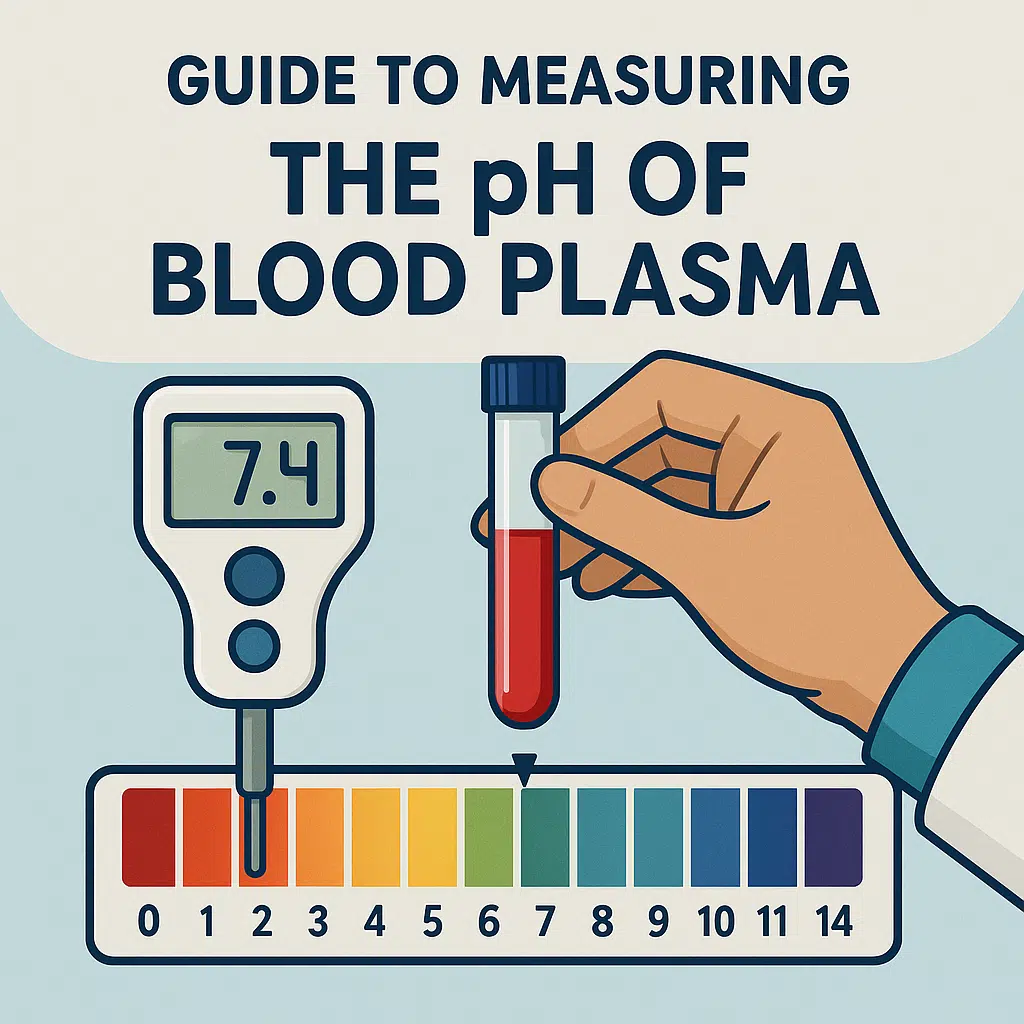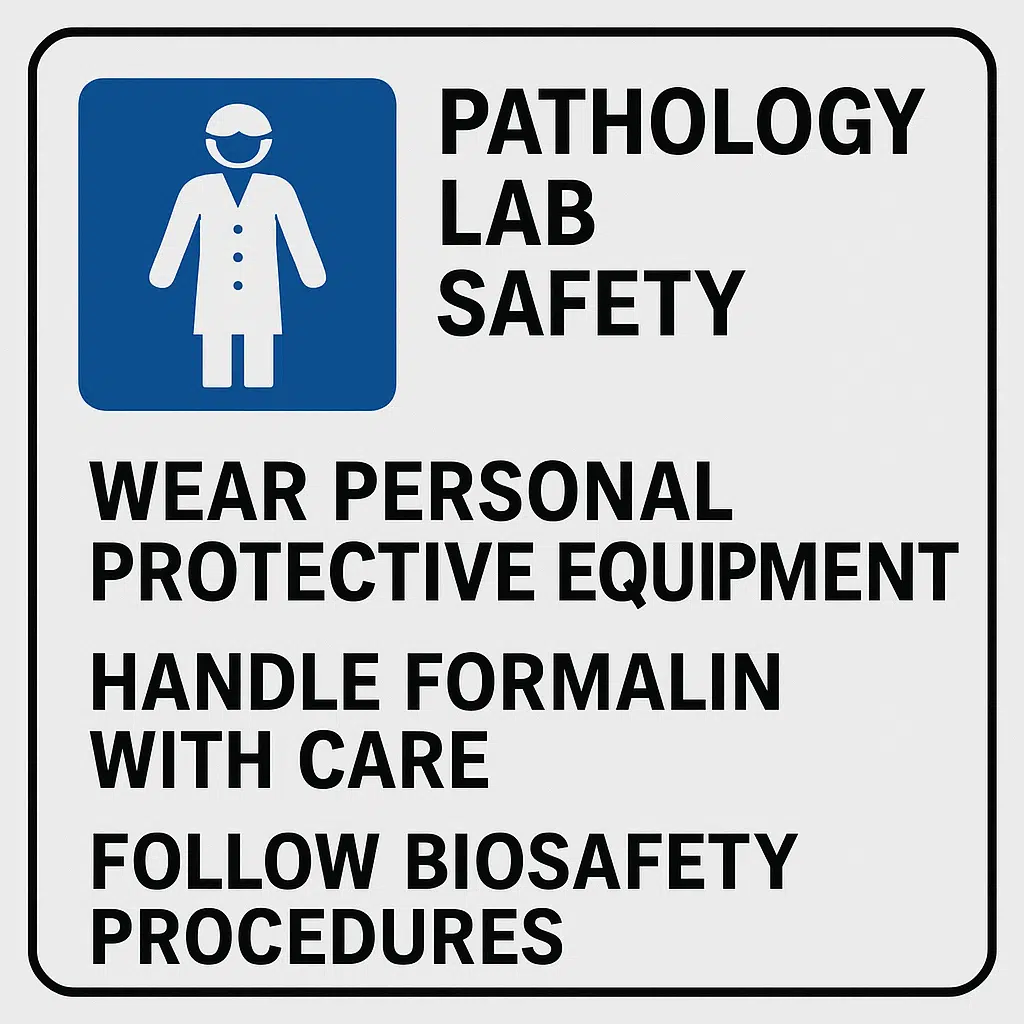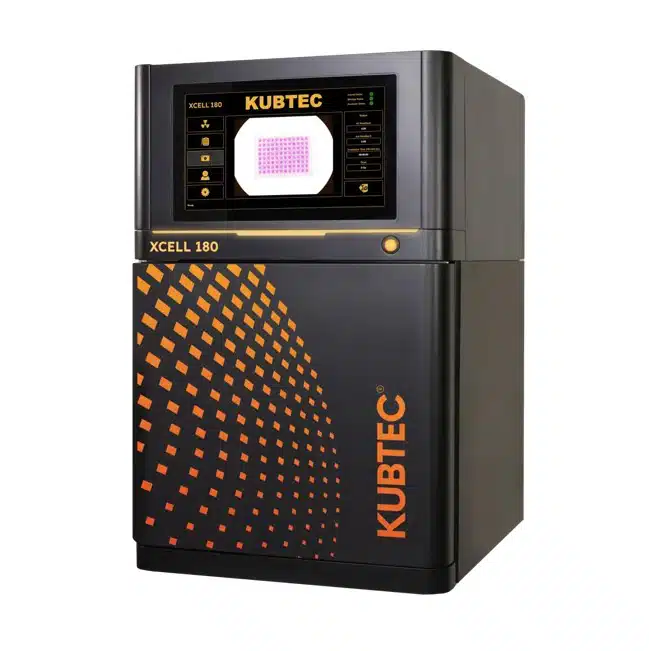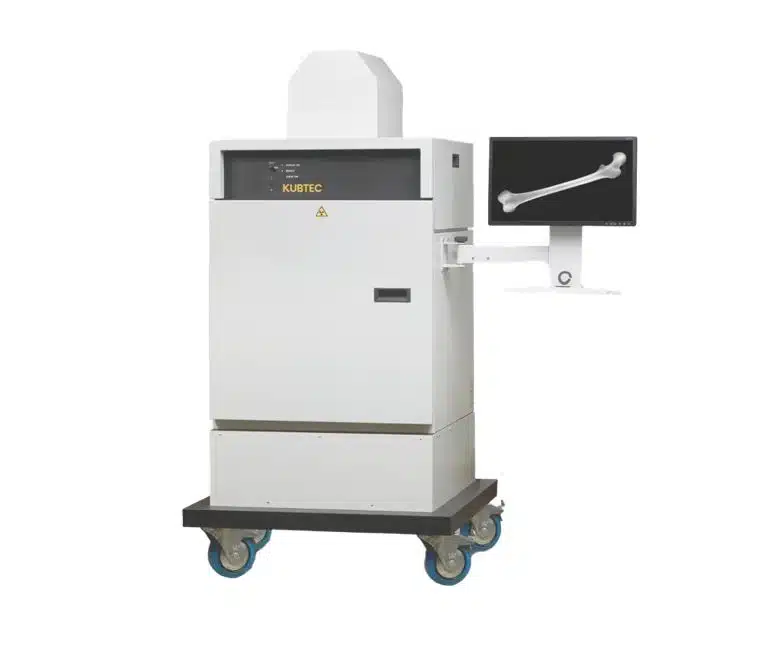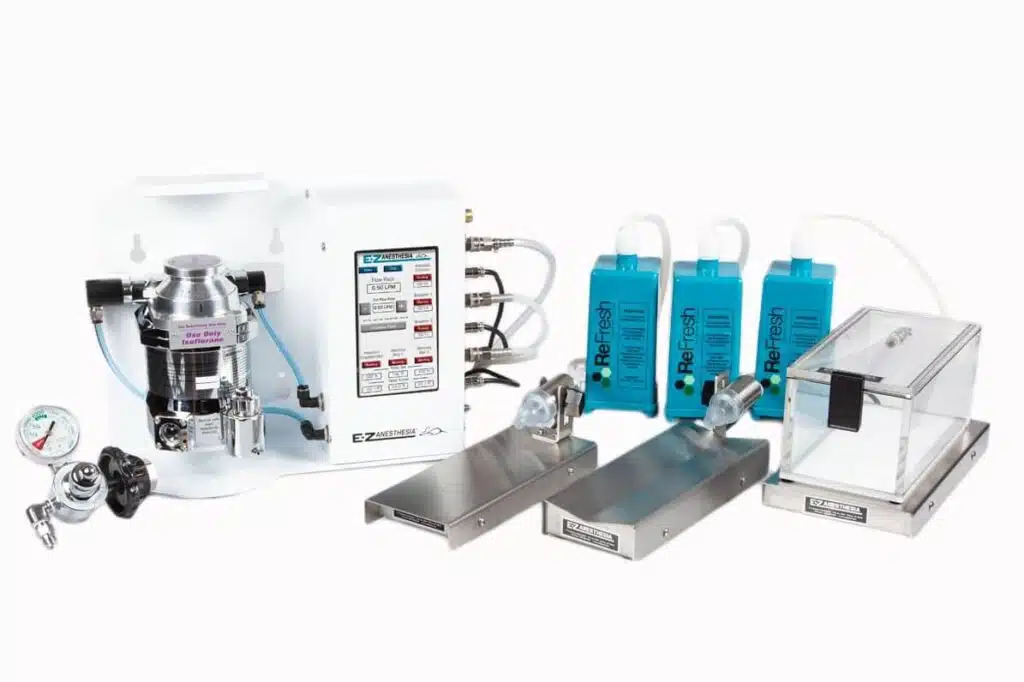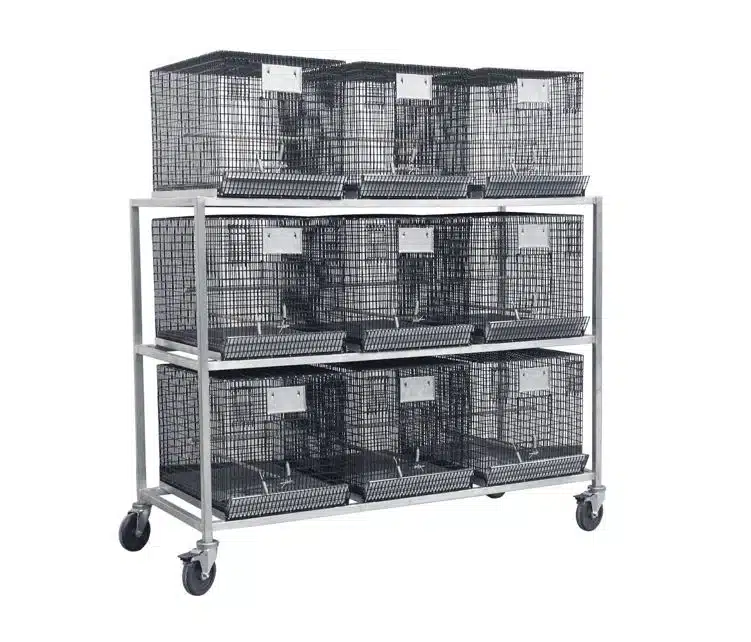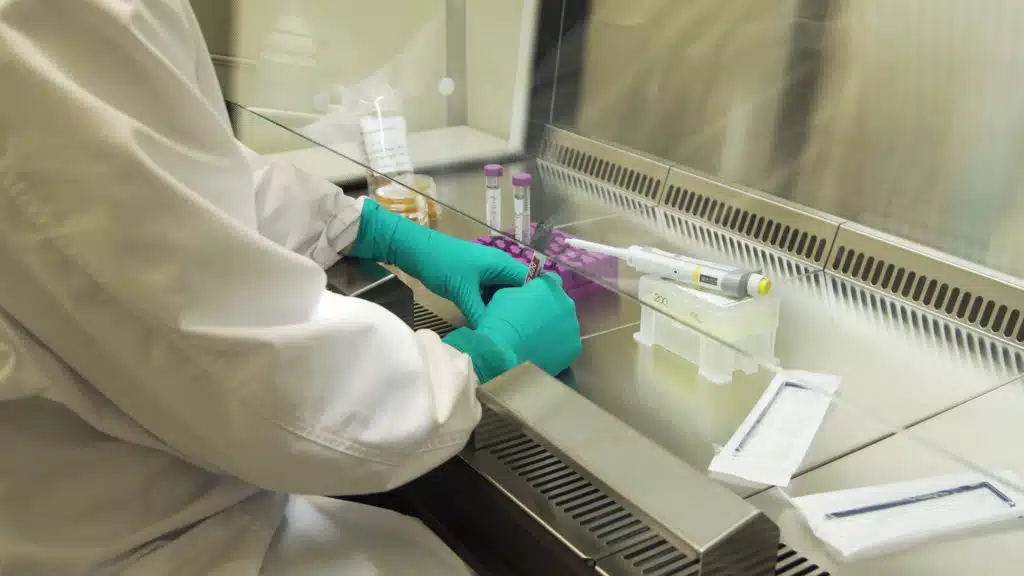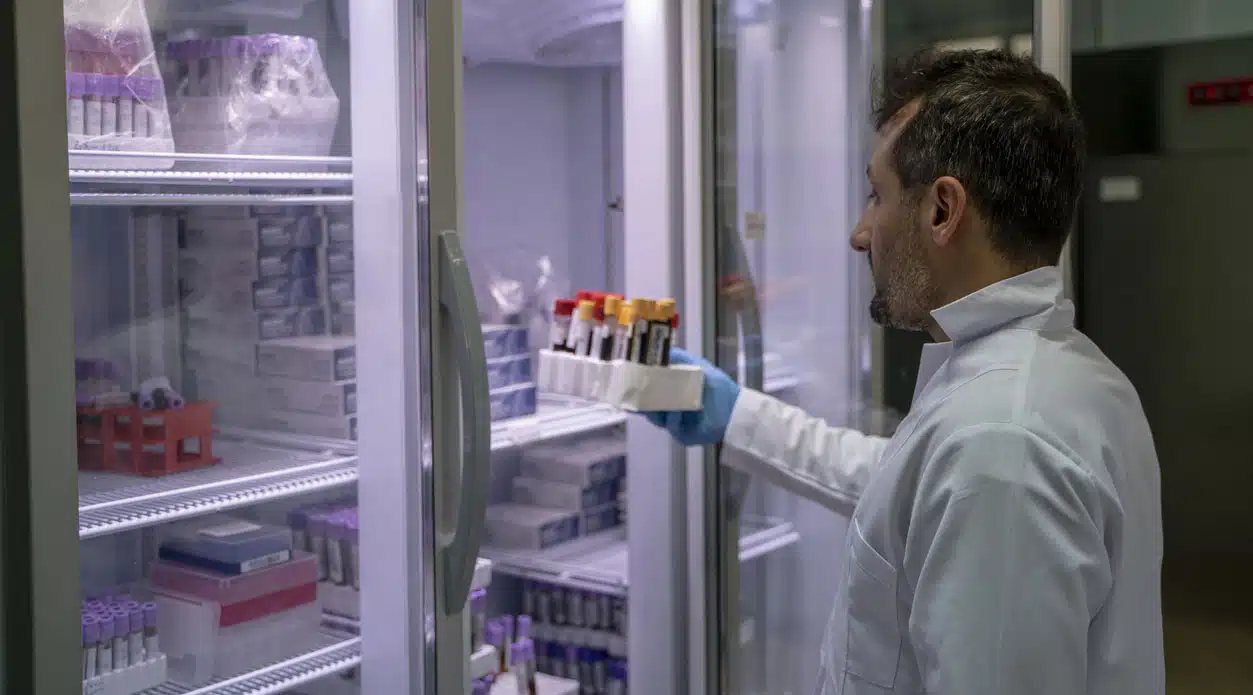On Friday, February 7, the National Institutes of Health (NIH) issued new guidance imposing a 15% cap on indirect costs (also known as facilities and administrative or F&A costs) for all new NIH research grants awarded on or after April 1 of this year. This change—driven in large part by the current administration’s ongoing emphasis on cutting overhead—represents a departure from the historical practice of negotiating F&A rates that often ranged between 30% and 60% or more.
In this article, we will:
- Review the essentials of indirect costs and the new NIH policy.
- Explain the implications for research institutions and investigators.
- Discuss possible strategies universities can pursue to adapt to or mitigate the impact of the new 15% cap.
1. A Refresher on Indirect Costs
Indirect (F&A) costs are expenses that support research infrastructure but are not tied exclusively to any one project. Typical F&A costs include:
- Facilities Costs: Utilities, maintenance, security, building depreciation.
- Administrative Costs: Accounting, grant management, library services, compliance (e.g., laboratory safety, animal care, environmental regulations).
Until now, institutions negotiated their own F&A rates with the federal government—often through the Department of Health and Human Services (HHS)—resulting in wide variations from one campus to another. The new NIH guidance imposes a 15% cap, effectively superseding these negotiated rates for new awards and competing renewals.
Key Details of the New Policy
- Effective Date: Awards issued on or after April 1 this year.
- Maximum Indirect Rate: 15% of total costs (not just direct costs).
- Scope: All new extramural NIH research grants, regardless of research field or institution type.
Existing grants maintain their original indirect cost rate until they conclude or face renewal. Once a grant is re-competed or renewed, it must align with the 15% cap.
2. How Did We Get Here? The Administration’s Rationale
Although discussions about reducing overhead expenses predate this administration, they have intensified the focus on cutting what it considered excessive indirect rates. The main arguments for this move have been:
- Redirecting Funds to Direct Research: Supporters believe that capping overhead allows more grant dollars to be spent on direct research costs, such as lab equipment, personnel salaries, and data collection.
- Simplifying Negotiations: A universal 15% rate is touted as simpler and more transparent than individualized negotiations, though many institutions argue it fails to reflect actual overhead expenses.
- Increasing Accountability: Administration officials have claimed that the new guidance enhances accountability and cost-effectiveness in distributing taxpayer funds.
3. The Consequences for Universities and Researchers
3.1 Budgetary and Infrastructure Challenges
Most research-active institutions have historically relied on higher indirect cost recoveries to fund essential components of the research enterprise—facilities, administrative support, safety compliance, and more. A sudden drop to 15% raises concerns about:
- Subsidizing Research Operations: Universities may need to divert other funding sources, such as endowment returns or philanthropic gifts, to maintain labs and support offices.
- Program Shifts or Reductions: Institutions might reduce research in higher-cost fields (e.g., biomedical or energy research) and instead favor lower-overhead projects to remain financially viable.
- Administrative Overload: With fewer recovered funds, some universities may be forced to downsize research administration offices, potentially slowing grant processing and compliance efforts.
3.2 Smaller Institutions at Greater Risk
Resource-limited institutions—regional universities, community colleges with research programs, or smaller private colleges—are likely to feel the impact more acutely. Unlike larger universities with substantial endowments or strong philanthropic networks, smaller schools have fewer alternative funding channels to bridge the gap in overhead costs.
3.3 Impact on Collaborative Research
Centers and consortia that rely on collaborative grants may need to renegotiate roles and budgets to ensure that the reduced F&A recovery does not jeopardize the project’s overall financial viability.
4. Possible Strategies for Adapting to the 15% Cap
Despite the financial challenges posed by the new policy, institutions can explore a variety of tactics to manage or offset reduced indirect cost recovery.
4.1 Revisit Budget Structures and Cost Allocations
- Direct vs. Indirect Costs: Carefully examine which costs can justifiably be allocated as direct project costs under federal guidelines. For instance, some support activities (e.g., specialized software or data storage) might be chargeable as direct expenses if they are specifically required by the project.
- Centralize Shared Resources: Pooling resources, such as core facilities and shared services, can make it easier to allocate certain expenses directly to individual grants rather than relying on overhead.
Caution: Always consult NIH guidelines and your institution’s grants office to ensure compliance and avoid any appearance of “shifting” overhead costs improperly.
4.2 Diversify Funding Portfolios
Institutions can seek non-federal funding streams to alleviate pressure from NIH’s new limit on overhead:
- Industry Partnerships: Collaborate with private companies for research initiatives; industry contracts often include more flexible overhead rates.
- Philanthropic Foundations and Donors: Some foundations recognize overhead costs and offer higher F&A allowances. Cultivating philanthropic relationships can help bridge infrastructure funding gaps.
- State and Local Grants: Although these grants may also have overhead policies, some states or municipalities offer competitive programs with potentially higher F&A caps or more negotiable rates.
4.3 Internal Cost-Sharing and Strategic Investments
- Institutional Matching Funds: Universities might use discretionary funds to offset the gap between actual overhead costs and the 15% recovery.
- Endowment Income: If available, endowment returns can be directed strategically to keep core research facilities updated and maintained.
- Research-Centric Capital Campaigns: Launching fundraising initiatives specifically aimed at supporting research infrastructure can rally donor support for labs, equipment, and administrative resources.
4.4 Strengthen Grant Administration and Transparency
- Enhanced Financial Tracking: With less overhead reimbursement, institutions need precise, granular tracking of research-related expenses. This improves internal decision-making and justifies budget allocations during audits.
- Streamlined Administration: Centralizing and simplifying administrative tasks can reduce overhead expenses, making a 15% recovery rate more feasible.
4.5 Advocate for Policy Revisions
Institutions and consortia can collectively lobby Congress or NIH leadership to reconsider, modify, or at least review the impact of the 15% cap. Demonstrating how overhead cuts hinder critical research outcomes may influence lawmakers, especially those representing districts with major research universities.
5. Looking Ahead: Balancing Compliance with Growth
Whether the 15% cap remains fixed or is adjusted by future administrations or congressional action, the immediate responsibility falls on universities and investigators to comply. By rethinking cost allocation, diversifying funding sources, and streamlining operations, institutions can help protect the quality of their research programs, even under tighter F&A constraints.
Ultimately, this guidance raises broader questions about how the U.S. funds scientific discovery. While proponents argue that more money should be directed to “the science,” university leaders contend that well-supported infrastructure is inseparable from successful research. The coming months will likely bring more dialogue around best practices for sustainable research funding models—and around the continued push-and-pull between direct and indirect cost allocations.
Additional References and Resources
- NIH Press Release, February 7, 2025
- NIH Grants Policy Statement
- Federal Register Notices on NIH Policy Updates
- Association of American Universities (AAU) and Association of Public and Land-grant Universities (APLU) for policy briefs.
- Science Magazine and The Chronicle of Higher Education for ongoing coverage.







